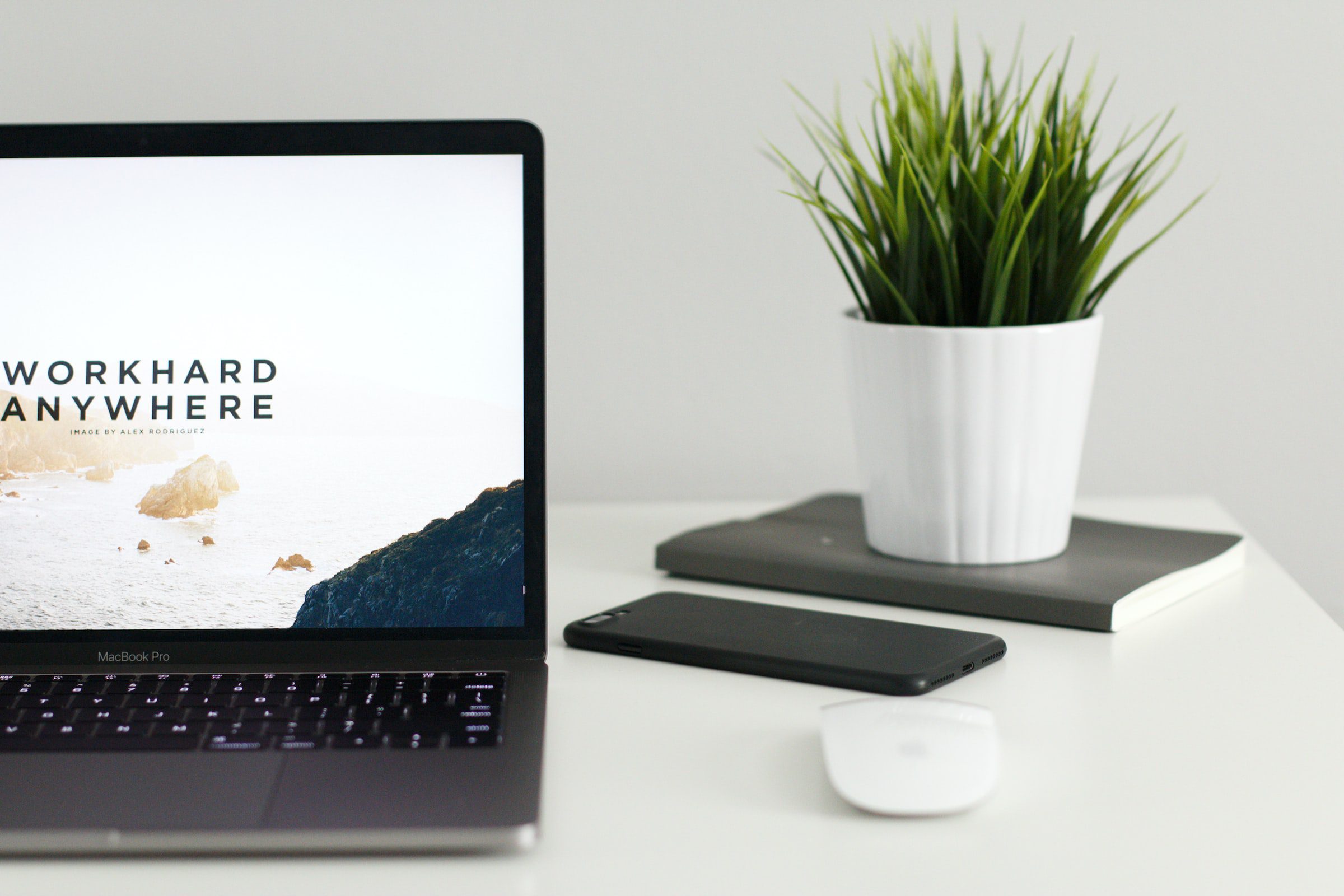
“It’ll never work” – the words heard repeatedly by Louise Sharp, Founder of Makara Health almost ten years ago when she set up an agency with a brand new approach. Long before COVID, Louise had a vision, and that was to tap into senior talent anywhere in the country, people that needed flexibility, understanding and the ability to work from home if needed. The point was getting the work done, not where you did it. The model was bold, there was no shiny central London office with pool tables and inspirational quotes on the wall. It was about hard-working, senior individuals who were trusted to get the job done the way they saw fit, because they knew their stuff.
Makara Health is now 80 people strong – but ultimately our model remains. We have a small hub office in Wiltshire (with an incredible support team) but predominantly people work from home. Makara has always prided itself on its culture; on being a fun and kind place to work where we understand that job satisfaction, and the discretionary effort so often expected in a fast-paced agency, can be earned through trust, flexibility, ownership and human empathy.
While COVID has driven a significant proportion of the workforce into their home offices, company culture is trying to catch up. At Makara, we have always worked this way, we grew up knowing the importance of connecting with each other from day one, we know how to build rapport in our virtual world, we know how to on-board new starters properly, so they feel part of a team from day one. We know how important our face-to-face opportunities are for everyone. That our weekly Zoom team meeting, whilst being a big investment of people’s time, is critical to feeling connected. We know when getting some real in-person time with someone is needed and a Teams call won’t cut it. We try very hard to check in with our people, even when we don’t see them every day.
Our recent employee engagement ‘outstanding’ accreditation from Best Companies – has been clear external validation of what we knew to be true – that Makara has agility in its DNA and this is something that brings true value to a workforce if handled with integrity, intelligence and kindness.



